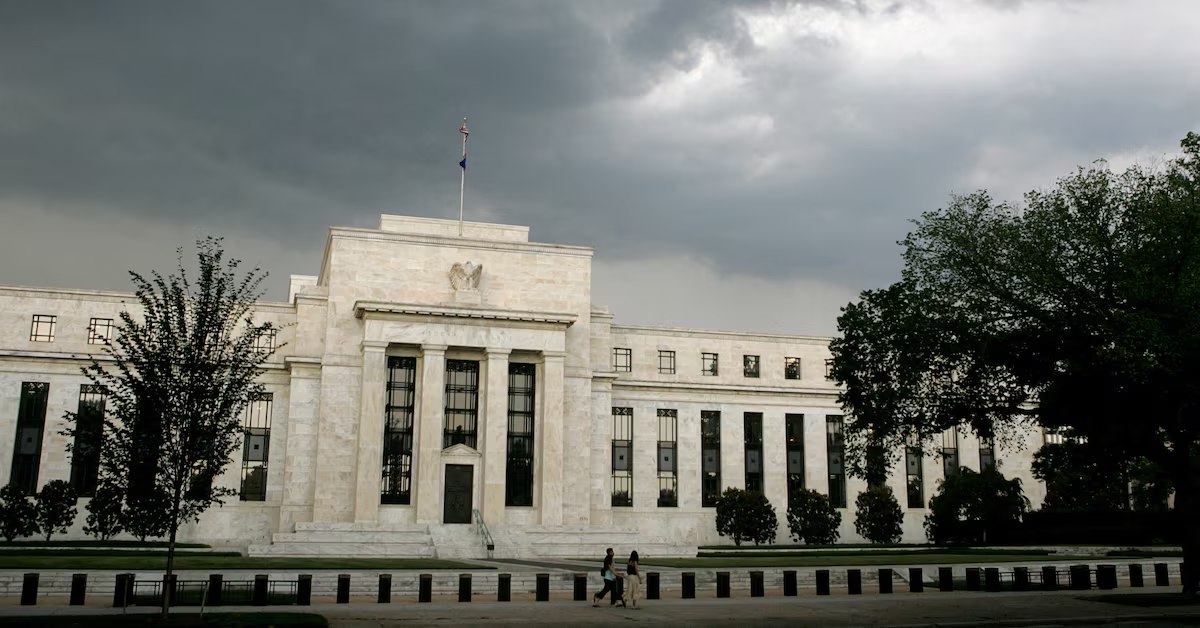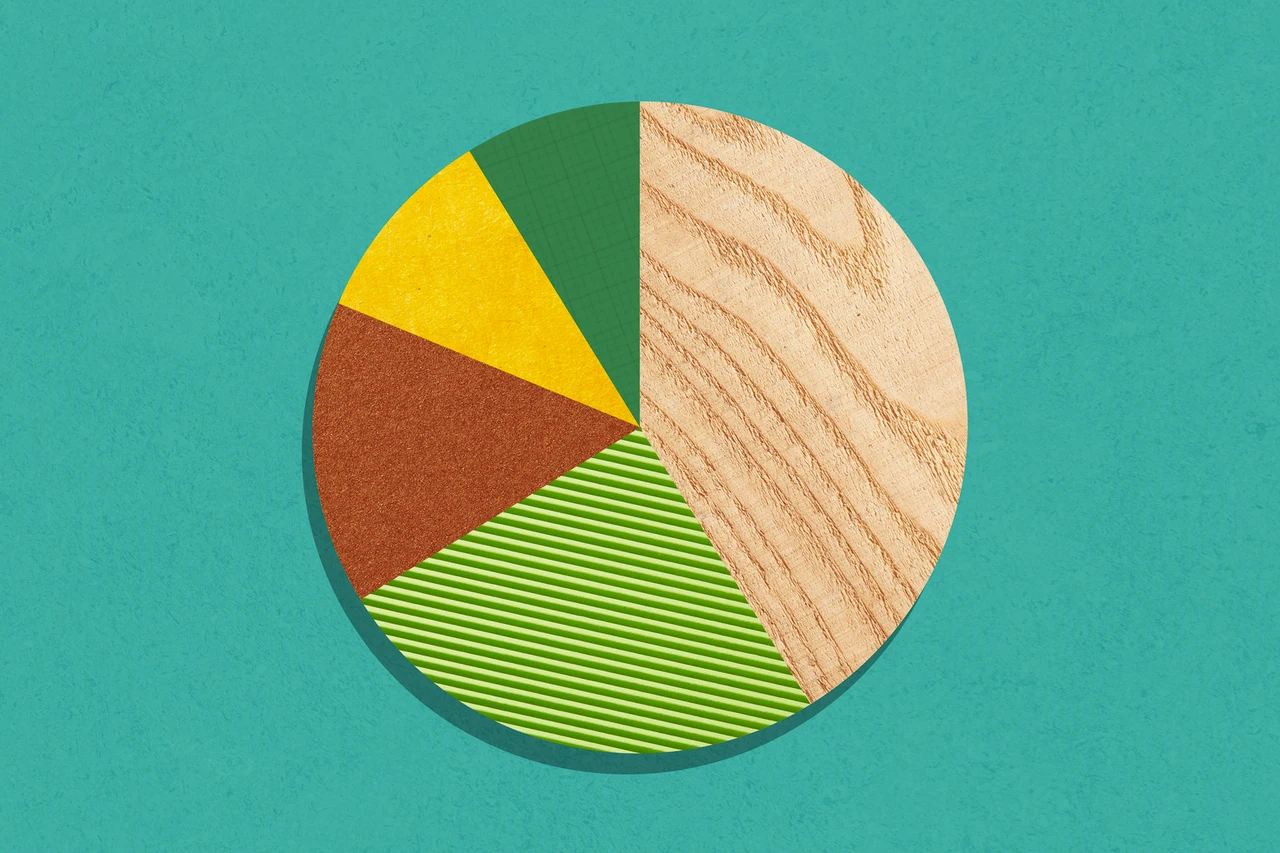On September 17, 2025, the Federal Reserve implemented a 25-basis-point reduction in its federal funds target range, bringing it to 4.00–4.25%. This marks the first rate cut of the year and reflects concerns about a slowing labor market and rising unemployment. The Fed has indicated that additional cuts may follow, depending on economic conditions.
Effects on Mortgage Rates
Mortgage rates, closely linked to the 10-year Treasury yield, have been trending downward since mid-July in anticipation of Fed action. Following the rate cut, the average 30-year fixed mortgage rate fell to 6.13%, the lowest level since late 2022. While this reduction provides some relief for homebuyers, experts caution that inflationary pressures and market volatility could prevent further declines. Analysts project mortgage rates may stabilize between 6.3% and 6.4% toward the end of the year, without falling below 6%.
Housing Market Outlook
The rate cut could offer a modest boost to the housing market, which has faced sluggish sales since 2022. Last year, sales of previously owned homes reached their lowest level in nearly three decades, and this year has seen continued subdued activity. Lower borrowing costs may stimulate demand, but affordability remains a concern as home prices stay elevated. Potential buyers and those considering refinancing are advised to carefully evaluate their financial positions given the uncertainty in rate trends.
Conclusion
The Federal Reserve’s recent rate reduction introduces optimism into the mortgage and housing market, easing borrowing costs for some buyers. However, the market remains sensitive to broader economic conditions, and stakeholders should monitor developments closely when making housing or refinancing decisions.
















Leave a Reply